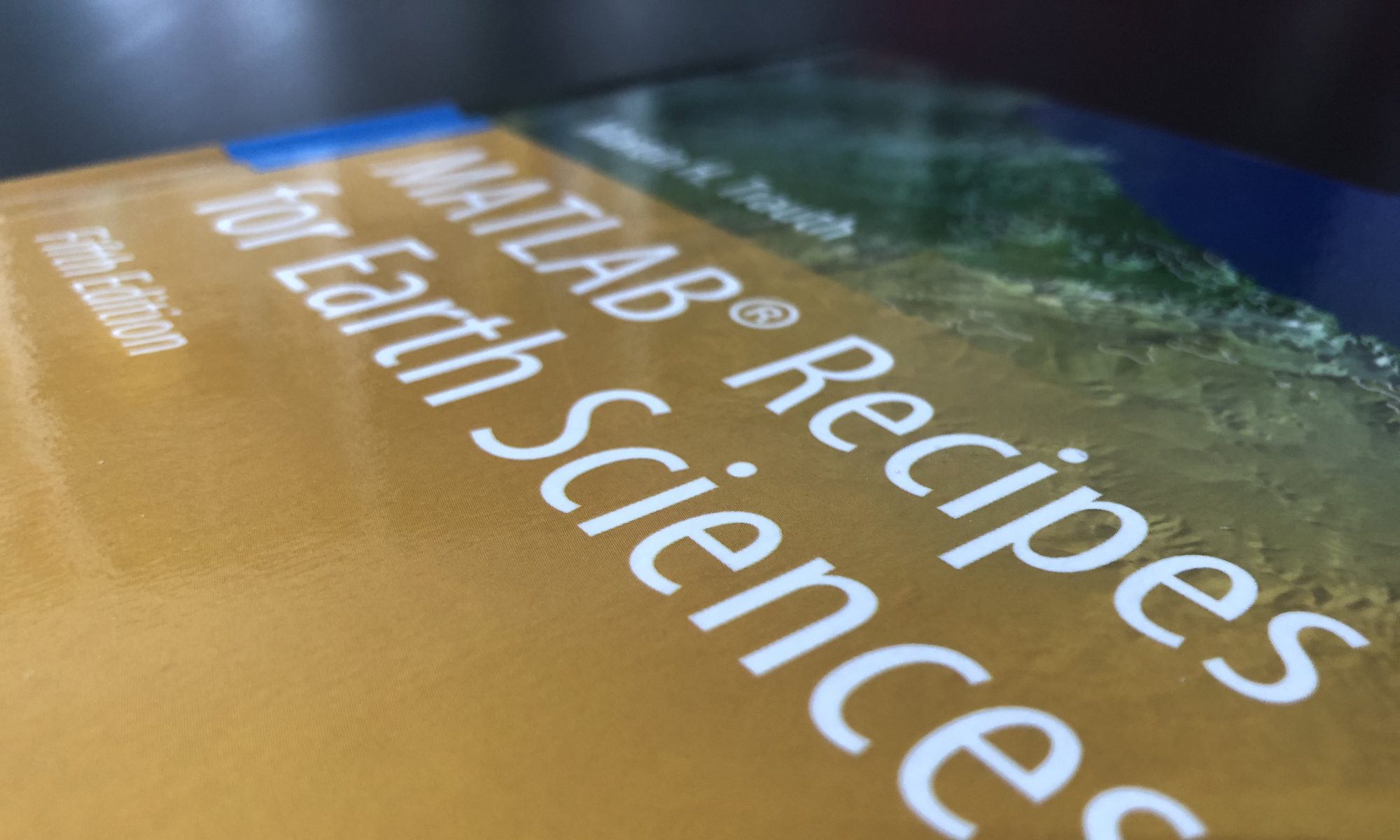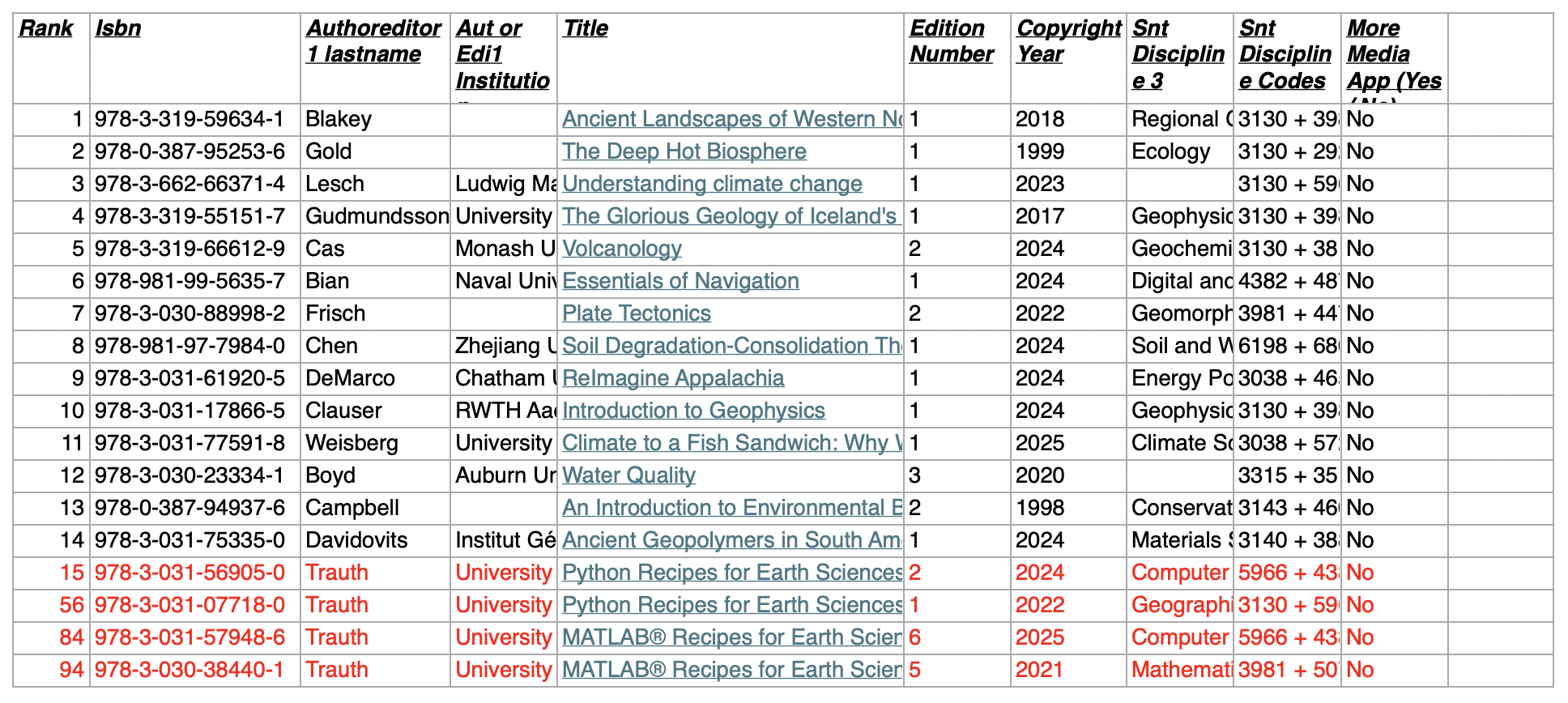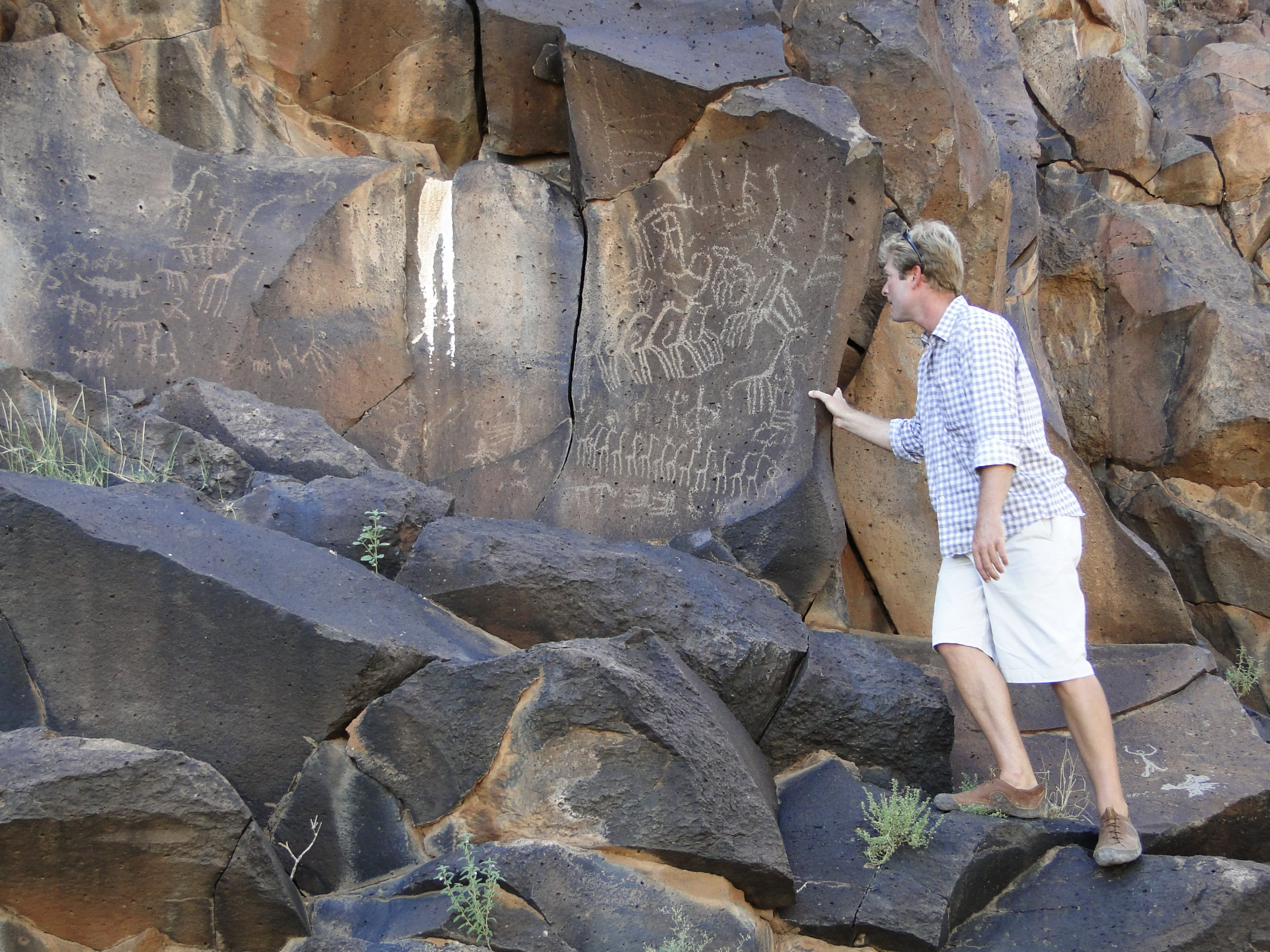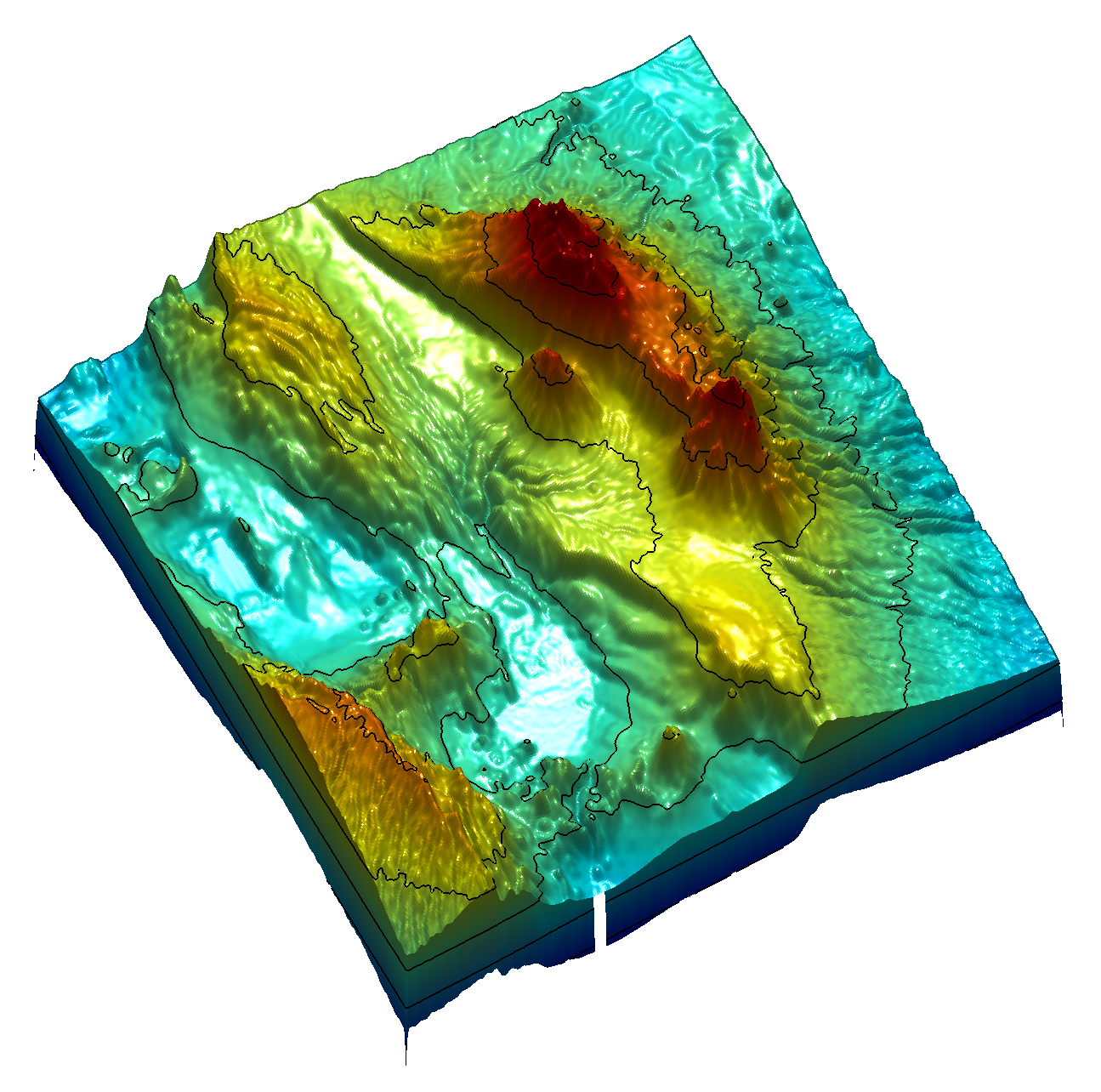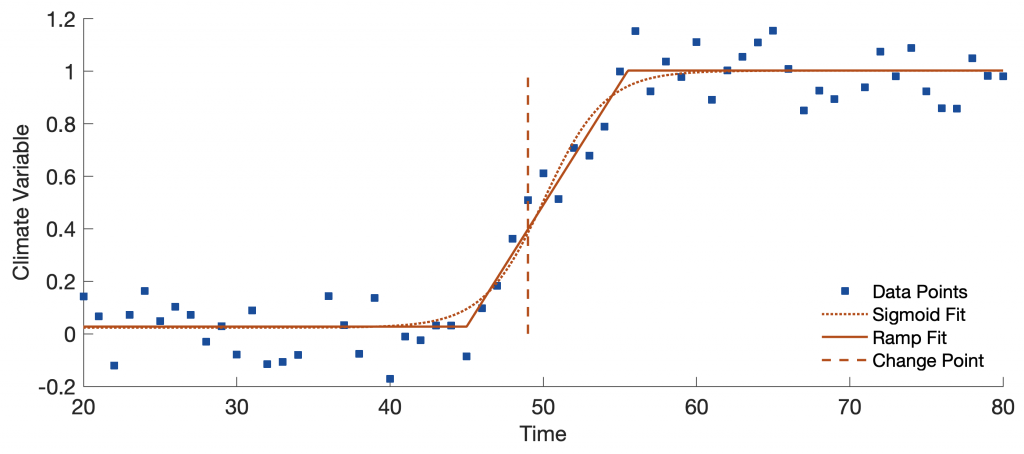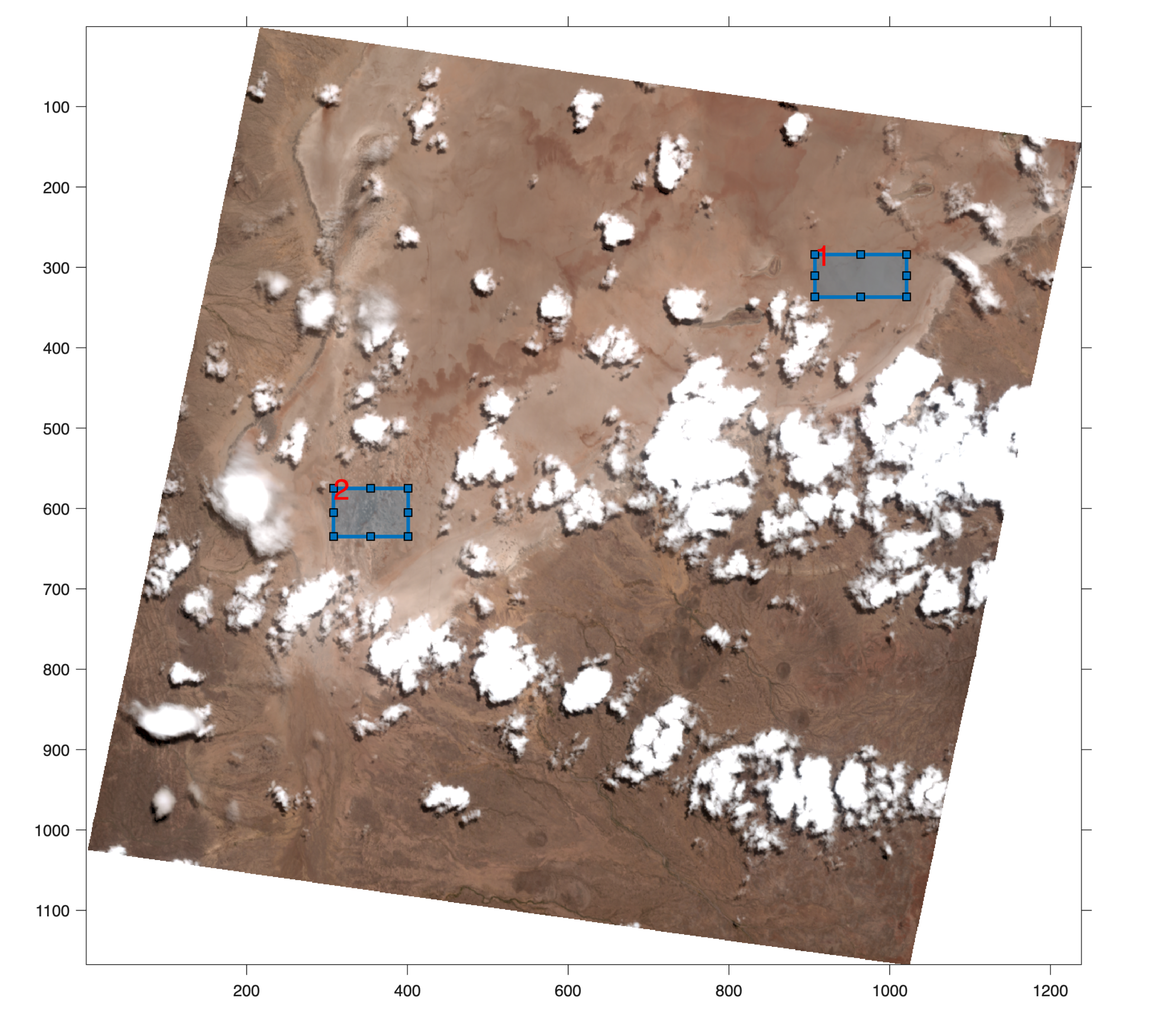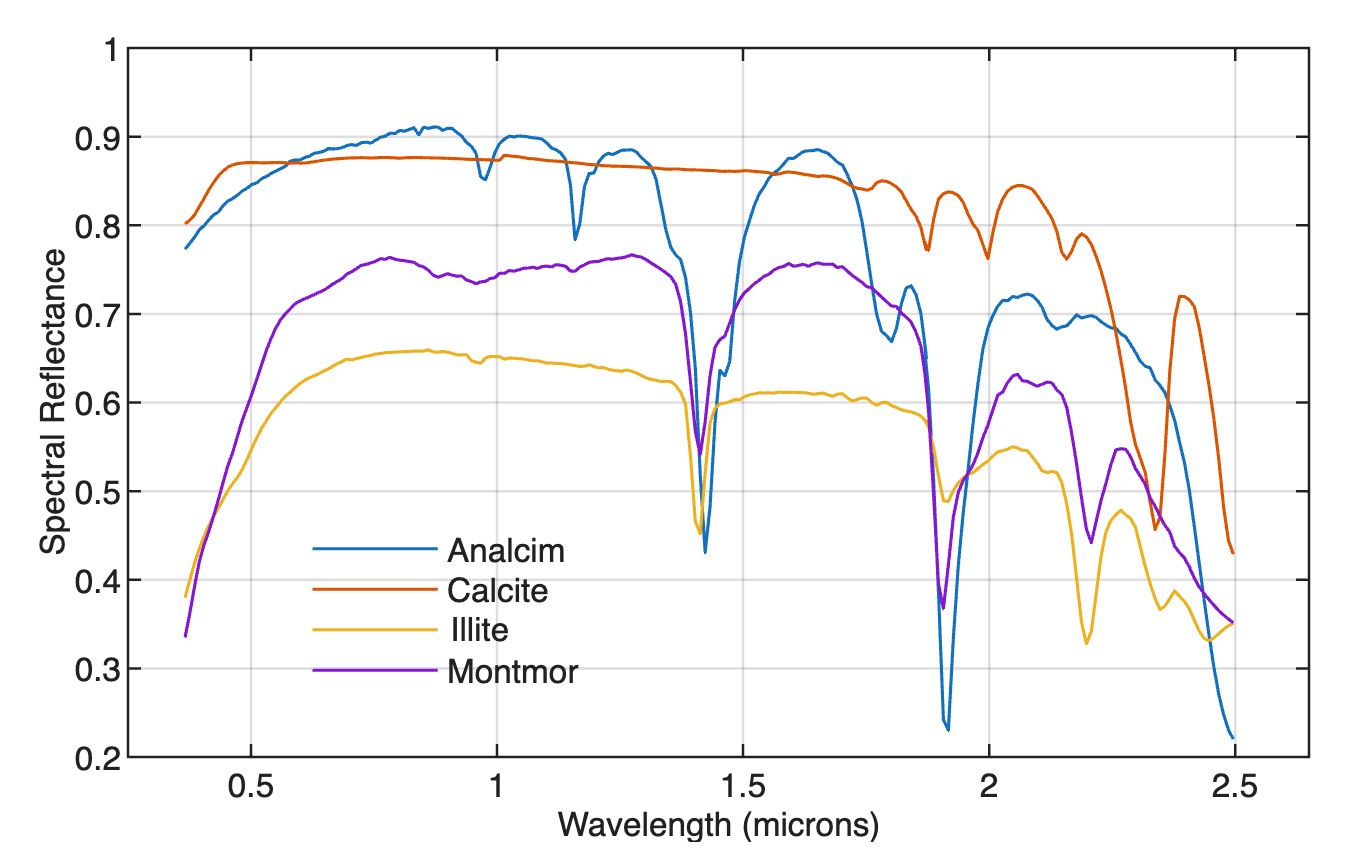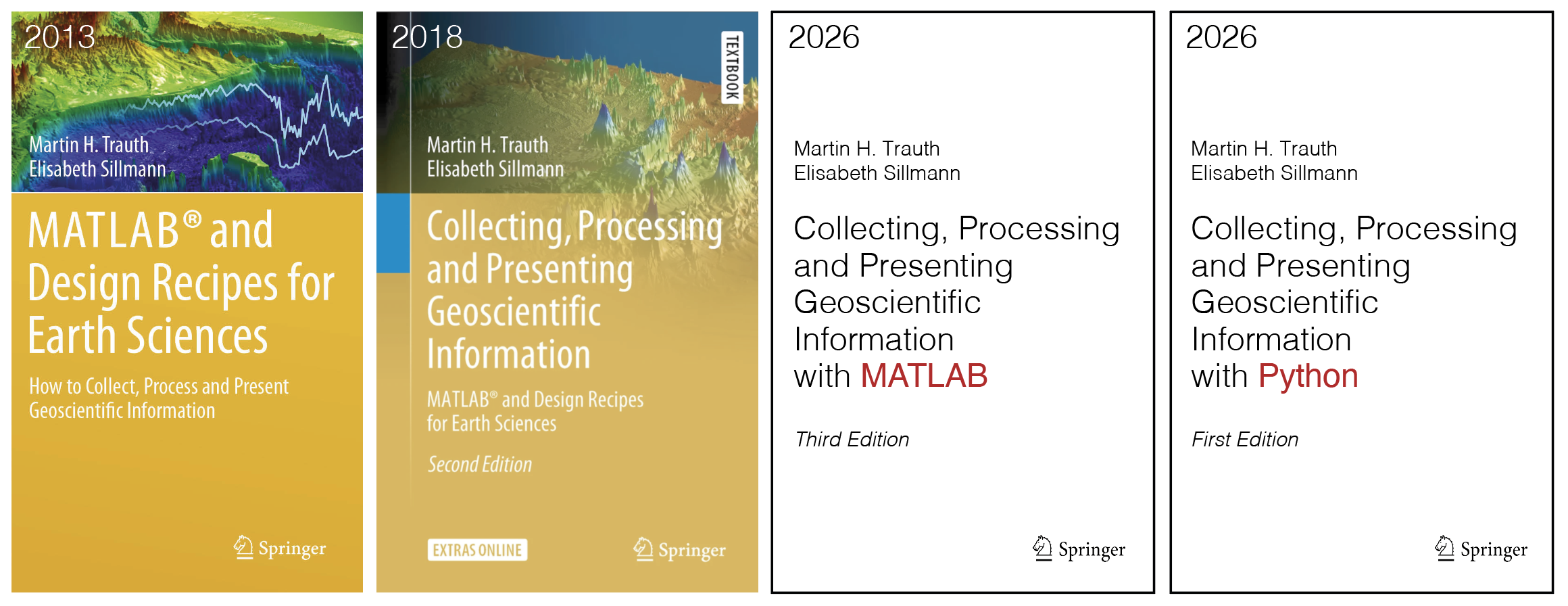
AI changed everything, also the way we search for literature, create figures, and write summaries. Teaching a course on collecting, processing and presenting geoscientific information and having published two editions of a book on the topic, it was time for a change. And two new books. Continue reading “Collecting, Processing, and Presenting in the Age of AI”
